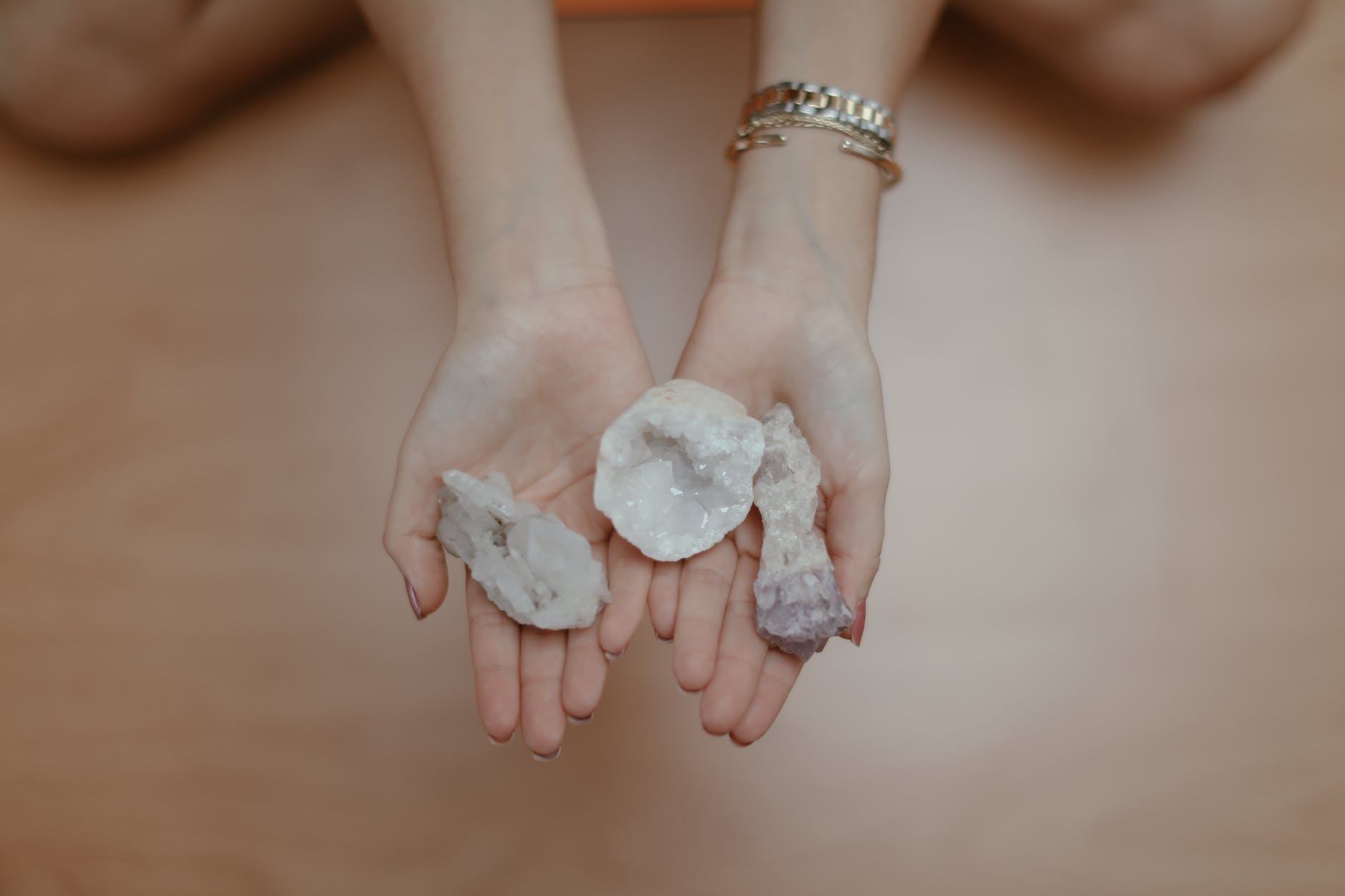Psychedelics have long been associated with the counterculture of the 1960s, fostering creativity, self-exploration, and alternative perspectives on reality. However, more recent research reveals that these mind-altering substances can offer therapeutic benefits, particularly when combined with art therapy.
Psychedelic art in therapy provides a mode of self-expression that can accommodate deeper understanding and emotional healing. It aids in visualizing the often speechless experiences and revelations that occur under the influence of psychedelics, offering a therapeutic process that aids both in trauma processing and mental health restoration.
The process behind psychedelic-assisted therapy involves two separate but interconnected phases: the psychedelic experience and the integration process. The actual psychedelic experience stimulates profound personal insights, usually guided by a therapist or a trained facilitator. Following this comes the integration stage, where the individual attempts to make sense of these insights and incorporate them into their everyday life. Art therapy can be an integral part of this healing journey, acting as a valuable tool for interpreting and assimilating these transformative experiences.
Art, essentially, is visual storytelling. It can help capture the essence of psychedelic experiences that may be challenging to articulate verbally. The abstract nature of art dovetails seamlessly with the frequently abstract and symbolic narratives induced by psychedelic substances. By facilitating the formation of tangible representations of these profound experiences, art enables emotional healing and promotes personal growth.
From a broader perspective, psychedelic art therapy’s effectiveness lies in its nondirective approach. Individuals are encouraged to freely explore, express, and reflect on their internal psychodynamic processes, fostering an environment conducive to introspection, growth, and transformation.
That being said, the therapeutic impact of psychedelic art is not just confined to the realm of symbolism and self-expression. Research suggests that engagement in artistic endeavors following psychedelic use can stimulate cognitive flexibility, support emotional regulation, and promote resilience, thereby contributing to overall mental health maintenance.
The burgeoning evidence supporting the therapeutic potential of psychedelics and art has led to growing acceptance of this modality in mental health treatment circles. Psychedelic-assisted therapy is increasingly being considered as an aid in treating conditions such as depression, post-traumatic stress disorder (PTSD), and addiction – conditions often marked by rigid patterns of thinking and feeling that can be dissolved or transformed by psychedelic experiences.
The impact of psychedelic art in therapy is not just localized to the immediate healing journey. These enlightening experiences can have residual effects that catalyze large-scale personal growth in individuals, ultimately boosting their quality of life and well-being.
Although research is continuing in this emerging field, psychedelic art therapy presents a promising approach to healing that merges science and spirit, mind and body, rationality and creativity. It paints a promising picture of a diverse therapeutic future, placing the individual at the center of their transformation process.
In facilitating a shift from passive recipients of treatment to active participants in their healing journey, psychedelic art therapy reinstates power and authority in individuals over their integration process and recovery pathway. This reclamation of personal authority mirrors the transformation many seek in their therapeutic processes – a transition from feeling like victims of their circumstances to empowered architects of their own lives.
The fusion of psychedelics and art represents a novel paradigm in mental health care, shifting focus from symptom management to holistic healing and integration. Though yet at an embryonic stage, the confluence of these two potent therapeutic tools, psychedelics, and art, may well shape the future of mental health care, forming a more compassionate, person-centered approach that acknowledges the intrinsic potency of human creativity in the journey to recovery.
Finally, representation matters. The unique value of psychedelic art therapy lies in its ability to allow the invisible to be seen, the unheard to be heard, and the unspeakable to be spoken. By tapping into the visual and symbolic language of the unconscious, it provides a profound tool for individuals to express their innermost feelings, memories, and insights.
In conclusion, psychedelic art in therapy may be the keystone in a new wave of therapeutic practices aimed at holistic, integrated healing, fostering personal growth, and supporting the mental health of individuals in transformative and keepsake ways.
Sources:
Psychedelic-Assisted Therapy.
Psychedelic Art and Mental Health.






